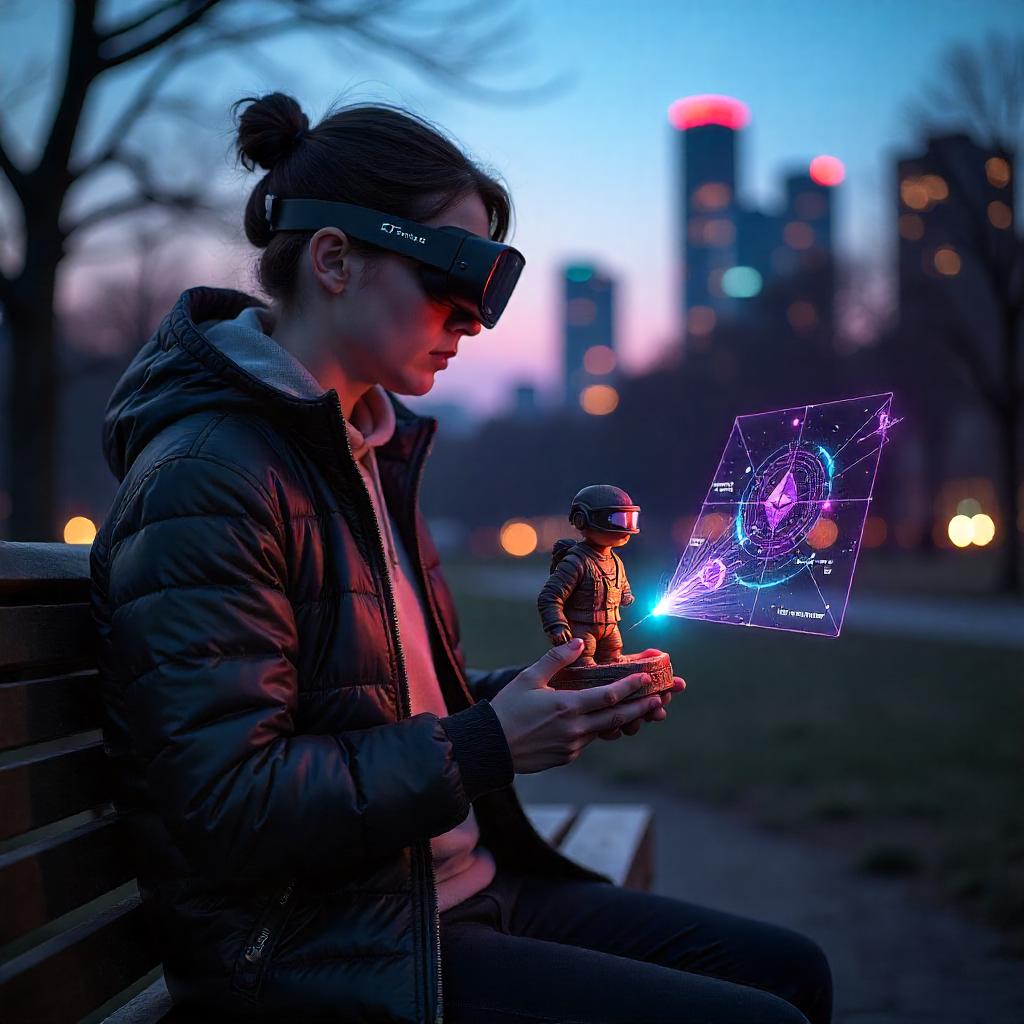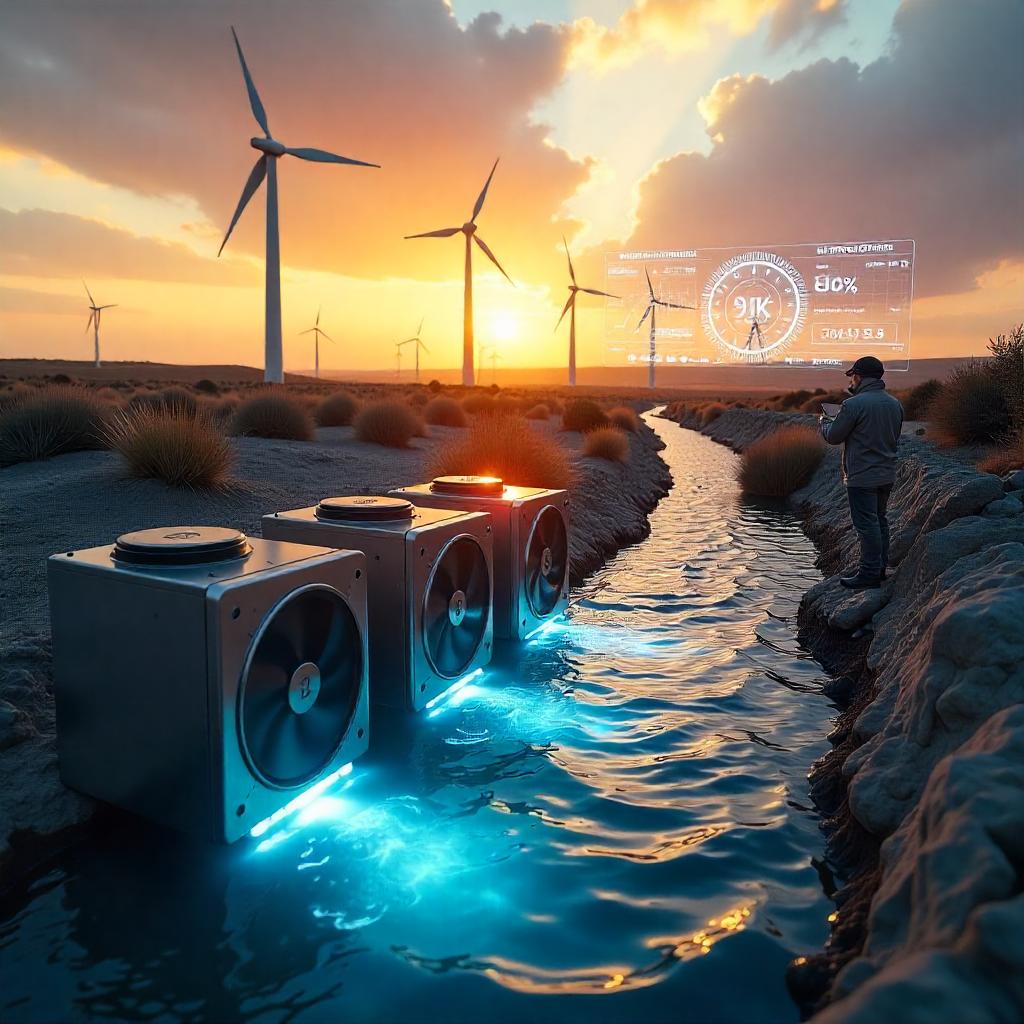The SpaceRush Bounty Hunters NFT drop (July 1–10, 2025) merges blockchain gaming, augmented reality, and tangible collectibles into a unified sci-fi experience. This project redefines player ownership through interoperable assets. SpaceRush NFT gaming transforms digital items into cross-functional tools, bridging virtual battles and real-world exploration.
Gone are static NFTs. Here, your bounty hunter lives across screens, physical merchandise, and AR landscapes. The initiative leverages Ethereum’s security for minting while using Polygon for gas-free gameplay.
Critical details for gamers:
– Freemint Event: Claimed on May 26, 2025.
– NFT Drop: Closed on July 10, 2025.
– AR App Beta: Late 2025 release.
**The SpaceRush Universe: Lore Meets Blockchain**
SpaceRush NFT gaming roots itself in deep narrative foundations. Humanity’s early space colonization era sets the stage for a galactic power struggle.
Galactic Federation vs. Cult of Bounty Hunters
The corrupt Federation controls resources through military force. Its NFTs grant structured missions and tech blueprints. Conversely, the Cult of Bounty Hunters—an anarchic faction—seeks reality-bending relics. Cult-linked NFTs unlock rogue quests and black-market networks.
NFTs as Story Vessels
Traits define narrative utility: Faction allegiance (Federation Navy/Cult glyphs), relic affinity (e.g., Chronos Shard for time powers), and biometric mission histories. This turns NFTs into dynamic story engines, not mere art.
**Technological Integration: AI, AR, and Web3 Synergy**
SpaceRush NFT gaming converges cutting-edge tech for immersive play:
AI-Driven Universes
NPCs react to NFT traits. A Cult relic-hunter triggers Federation ambushes. Lore evolves via blockchain-tracked player actions.
Augmented Reality Relic Hunts
Scan real-world locations (parks, landmarks) via mobile AR to uncover virtual artifacts. Tag enemy hunters in physical spaces for in-game rewards.
Ethereum-Polygon Hybrid
Assets minted on Ethereum; gameplay operates gas-free on Polygon. NFTs function across:
– Unreal Engine 5 PC game
– Mobile AR app
– Future partner titles
Physical-Digital Bridges
Branded figurines (2026) feature NFC chips. Scanning them unlocks NFT gear, triggers AR events, and boosts staking rewards.
**NFT Collection: Utility Beyond Art**
The 1,200-edition SpaceRush Bounty Hunters collection delivers multi-platform utility. Floor price sits at 0.0031 ETH, with 231 unique owners.
Cross-Platform Utility
Gaming Advantages:
– Federation NFTs: Military ships + regulated ops.
– Cult NFTs: Stealth tech + relic quests.
– Relic traits modify cooldowns/shields.
AR Activation:
– “Nebula Walker” traits expand scan radius by 40%.
– Location hunts yield $RUSH tokens.
Governance:
– Vote on lore events (e.g., “Assassinate Admiral”).
– Rare traits grant proposal rights.
**Market Context: NFTs as Gaming Infrastructure**
SpaceRush exemplifies the industry shift from PFPs to utility-driven assets. Unlike speculative JPEGs, these NFTs serve as:
– Cross-platform profiles
– Governance tools
– AR access keys
Ethereum’s Strategic Role
Mature infrastructure ensures secure trading and OpenSea/Blur interoperability. Polygon integration solves scalability for mass gaming.
Player Preferences
72% of gamers prioritize utility over art-only NFTs. Projects blending physical/digital assets show 3x higher retention.
**Community and Roadmap: Building a Living Universe**
13,686 Discord members and 41,273 Twitter followers fuel development. Post-mint, the roadmap unfolds in phases:
Phase 1: Q3 2025
Staking launches for resource tokens. Secondary market trading accelerates on OKX and Blur.
Phase 2: Q4 2025
AR app beta tests location-based PvP events. Faction wars escalate via governance votes.
Phase 3: 2026
Full game release integrates relic-trading economies. Figurines with NFC chips bridge physical collectibles.
**The High-Stakes Future of Gaming NFTs**
SpaceRush pioneers a “phygital” frontier—NFTs as skeleton keys for gaming, storytelling, and real-world exploration. Challenges include onboarding traditional gamers and verifying drop security. Yet its fusion of AI, AR, and blockchain sets a precedent: NFTs are gaming infrastructure, not gambles. Track AR integration and post-mint utility to gauge this universe’s lifespan.
—
*(Continued in next message due to length constraints)*
**Gameplay Mechanics: From AR Scans to Galactic Conquest**
SpaceRush’s gameplay loop integrates physical and digital layers. Federation operatives receive structured assignments: patrol sectors, escort convoys, or investigate relic disturbances. Completing missions earns Federation Credits convertible to $RUSH tokens. Cult hunters operate differently. Their quests involve high-risk relic retrievals in unstable nebulas or infiltrating Federation outposts. Success unlocks black-market schematics for modified weaponry.
Combat Systems Deep Dive
Ship customization uses NFT traits as modifiers. A Federation “Vanguard-class” NFT provides +15% hull integrity. Cult “Shadow-weave” cloaking reduces enemy targeting range by 30%. Combat revolves around energy management: balancing shields, weapons, and relic activation. Chronos Shard wielders manipulate cooldowns, creating tactical advantages.
AR Integration Mechanics
The mobile app uses geolocation and image recognition. Scanning a park statue might reveal a hidden data crystal. Capturing this artifact requires solving AR puzzles overlayed on your camera view. Successful hunters upload findings to the blockchain, triggering faction-wide events.
**Economic Architecture: Dual-Token Ecosystem**
SpaceRush employs $RUSH (governance token) and $SCRAP (in-game currency). $RUSH holders vote on universe expansions. $SCRAP purchases ship upgrades or relic stabilizers. The economy avoids inflation through:
Deflationary Mechanics
– Ship destruction consumes 20% of $SCRAP repair costs
– Rare NFT staking burns 0.5% of transaction fees
– Limited relic crafting materials
Secondary markets thrive on Blur, with Cult NFTs commanding 1.8x premiums over Federation counterparts due to high-risk rewards.
**Physical Collectibles: The Tangible Frontier**
2026’s Series 1 figurines feature three-tiered integration:
NFC Chip Functions
1. **Basic Scan**: Unlocks exclusive ship skins
2. **Location-Based Activation**: Triggers AR events near landmarks
3. **Proximity Multiplayer**: Two figurines within 10m enable co-op boss battles
Collector editions include relic fragments with blockchain-verified authenticity certificates. These physical items create real-world value anchors for digital assets.
**Security Protocols: Protecting Player Assets**
SpaceRush implements military-grade safeguards:
Blockchain Protections
– Multi-sig wallets for treasury management
– Time-locked NFT transfers to prevent hijacking
– On-chain activity monitoring for suspicious patterns
AR App Security
– Biometric authentication for high-value transactions
– Encrypted geolocation data
– Anti-spoofing protocols for location verification
**Community Initiatives: Player-Driven Evolution**
The “Lore Council” program empowers top NFT holders:
Governance Structure
– **Admirals (Top 100 holders)**: Propose story arcs
– **Captains (Next 500)**: Vote on mission designs
– **Scouts (All holders)**: Suggest quality-of-life improvements
Monthly “Relic Wars” tournaments pit factions against each other. Winners secure treasury-funded development priorities like new star systems or weapon classes.
**Competitive Analysis: SpaceRush vs. Industry Peers**
Comparative advantage emerges in three areas:
Interoperability
Unlike Axie Infinity’s walled garden, SpaceRush NFTs function across partner games. Confirmed integrations include Star Atlas and Alien Worlds.
Physical-Digital Synergy
While STEPN linked NFTs to sneakers, SpaceRush’s figurine integration enables gameplay anywhere without specialized hardware.
Narrative Depth
The Sandbox offers creative tools but lacks pre-built lore. SpaceRush delivers AAA-grade storytelling with player-directed evolution.
**Developer Insights: Behind the Scenes**
Lead designer Elena Rostova reveals intentional friction:
“We want faction conflict to sting. Federation players lose reputation for aiding Cult members. This isn’t just gameplay—it’s ideological warfare made tangible through blockchain consequences.”
Technical director Kenji Tanaka details AR innovation:
“Our image recognition trains on 600,000 terrain photos. It distinguishes between concrete park benches and natural rock formations to place artifacts contextually.”
**Player Testimonials: Early Adopter Experiences**
@CultHunterPrime (Discord):
“Found a Void Crystal relic near Golden Gate Bridge. The AR puzzle took 37 minutes but unlocked a legendary plasma rifle. This blends my hiking hobby with gaming.”
@FederationAdmiral (Twitter):
“Staking my Admiral NFT yields 23 $RUSH daily. Funding my fleet through governance votes? That’s next-level ownership.”
**Future Horizons: 2027 Expansion Plans**
The roadmap extends beyond initial promises:
Neural Interface Experiments
Beta testing EEG headset integration for relic activation through concentration. Successful trials could enable brainwave-controlled ships by 2028.
Physical Comic Integration
QR codes in SpaceRush comics #1-4 (Q1 2026) unlock playable historical battles. Each issue becomes an interactive artifact.
Cross-Platform Progression
Unified accounts synchronize PC conquests, mobile AR scans, and console achievements. Your hunter’s legacy persists across all touchpoints.
The Verdict: Why SpaceRush Matters
SpaceRush NFT gaming pioneers the “phygital” frontier where blockchain verifies achievements, AR anchors fiction to reality, and physical collectibles extend gameplay beyond screens. It transforms NFTs from speculative assets into functional keys for multi-dimensional storytelling. As Elena Rostova asserts: “Your bounty hunter isn’t just owned—it’s lived.” The true value lies not in floor prices, but in unprecedented player agency across the metaverse and main street.





